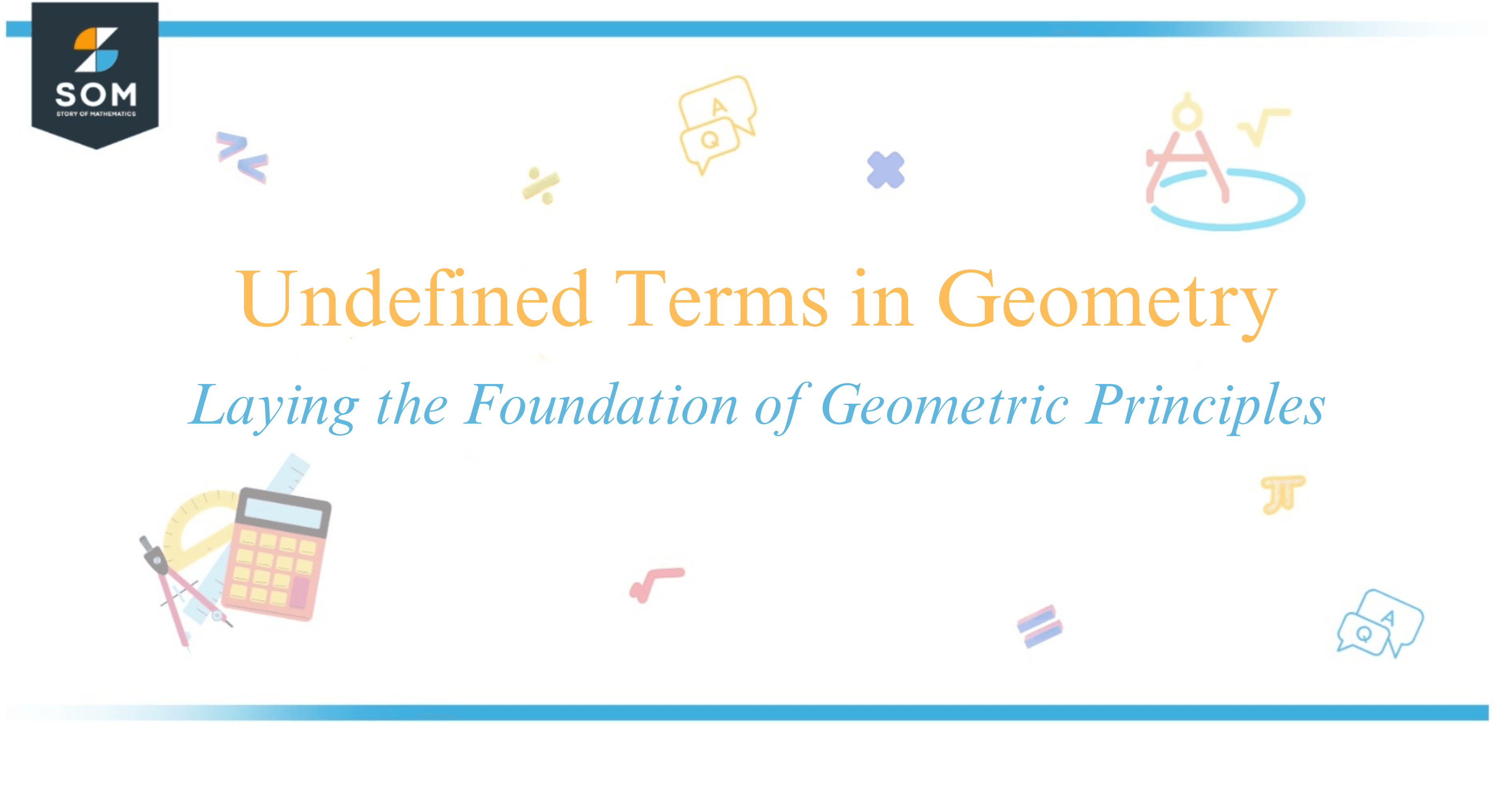
Geometry is built on the foundation of undefined terms, which, interestingly, aren’t explicitly defined using other mathematical terms.
These undefined terms—specifically point, line, and plane—are the building blocks from which definitions of other geometric concepts are constructed.
A point is understood to represent a location in space with no size, shape, or dimension. A line is conceived as a straight, one-dimensional continuum of points extending infinitely in two opposite directions, and a plane is visualized as a flat, two-dimensional surface that extends infinitely in all directions.
My explanation starts with these primitives because everything else in geometry hinges on the relationships between points, lines, and planes.
Without these fundamental elements, more complex geometric concepts like angles, polygons, and even three-dimensional shapes would be impossible to articulate.
When you begin exploring geometry, grasping these terms is key because they help you understand the rules and structures that give shape to the spatial world. So let’s embark on a geometric journey that promises to broaden our understanding of these essential concepts.
Undefined Terms in Geometry and Their Roles
In geometry, the foundations are built on concepts known as undefined terms. These terms are so fundamental that they are not formally defined through other terms.

Instead, they are intuitively understood and described. Euclid, the father of geometry, identified these terms in his work, which are essential building blocks for Euclidean geometry.
Points, lines, and planes are primary examples of undefined terms. Here’s a brief explanation of each:
- Point: Represents a location in space with no dimensions—no length, width, or height. In a coordinate system, a point is identified by an ordered pair, $(x,y)$.
- Line: Extends infinitely in both directions but has no thickness. It connects an infinite number of points along the same path.
- Plane: A flat, two-dimensional surface that extends infinitely in all directions.
The table below describes their properties and relevance in Euclidean geometry:
| Term | Description | Relevance in Geometry |
|---|---|---|
| Point | No dimension, only position | Building block for defining other geometric terms |
| Line | One dimension, infinite length | Used to connect points and define angles |
| Plane | Two dimensions, infinite area | Provides a surface to define shapes and solids |
In set theory, a related field of mathematics, the term “set” is also considered undefined. It’s the collection of distinct objects, where each object is called an element of the set.
Together, these undefined terms serve as the basis from which all other geometric concepts arise. They are crucial for the development of theorems, proofs, and the vast web of ideas that make up the world of geometry.
Describing Space and Properties
When I describe space in geometry, my focus is on defining the location and properties of various geometric figures without assigning any numerical value or measure theory to them.
These descriptions are based on undefined terms such as a point, line, and plane, which serve as the foundation.
A point is essentially a dot marking a specific position in space. It is crucial to note that a point has no size, width, length, or thickness. We usually denote a point with a capital letter, like ( A ), and in the coordinate plane, it is represented by an ordered pair ( (x, y) ).
| Keyword | Representation | Nature |
|---|---|---|
| Point | Capital letter (e.g., ( A )) | Zero dimension |
| Line | Straight path with arrows on both ends | One dimension (length) |
| Plane | Appears as a flat rectangle but extends indefinitely | Two dimensions (length and width) |
Moving on to a line, imagine it as a straight, continuous collection of points extending in two opposite directions infinitely, depicted using arrowheads at both ends. It is one-dimensional, having length but no width or height.
Planes, on the other hand, represent two-dimensional surfaces, extending indefinitely in length and width. Visualized in textbooks as a flat surface like a parallelogram or rectangle, they consist of infinite lines and points.
Understanding the relationship between points leads me to the concept of collinear points (points lying on the same line), whereas non-collinear points do not.
Coplanar points lie on the same plane, which becomes a base to define more complex shapes like polygons, which have sides formed by line segments joining pairs of points.
In algebra, these terms help describe location and growth without attaching any visual representation to them. Yet, in my geometry visualization, they lay the boundaries and angles, forming essential structures such as a line segment with endpoints, a ray starting from a point and extending indefinitely in one direction, or any geometric figure.
Conclusion
In exploring the foundations of geometry, I’ve recognized the pivotal role of undefined terms like point, line, and plane. These terms, though not formally defined, are crucial in underpinning all the other geometric concepts we come to learn and utilize.
A point indicates a precise location or position in a geometric space and is often represented as a dot.
A line is the infinite continuation of points in a single dimension that extends in two opposite directions. It’s fascinating how we use lines to frame the world around us despite their simplicity.
The plane is a flat surface with no thickness that extends infinitely in two dimensions. It’s the two-dimensional counterpart of a line and can be thought of as a breadth without depth, containing infinite lines and points.
I must note that even without explicit definitions, these undefined terms are described with enough clarity to provide a strong foundation for more complex geometric constructs and theorems.
It’s the consensus among mathematicians to accept these terms as intuitively understood concepts that support the intricate structure of geometric reasoning.
As we delve into geometry more deeply, we build upon these key components, forming a hierarchy of definitions, postulates, and theorems interwoven to create the rich tapestry of this mathematical field.
The elegance of geometry begins with these abstract concepts, grounding our understanding in something beautifully simple yet infinitely complex. It’s a reminder of how starting from basic building blocks, we can reach impressive heights of logical and spatial awareness.
